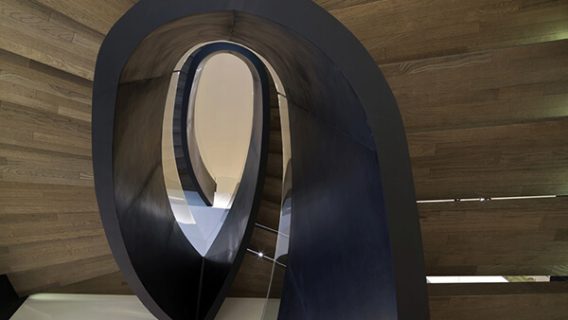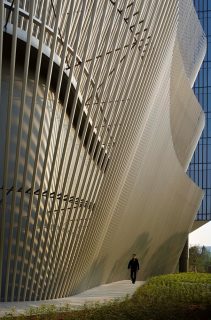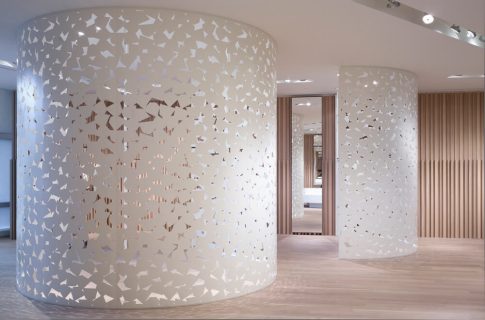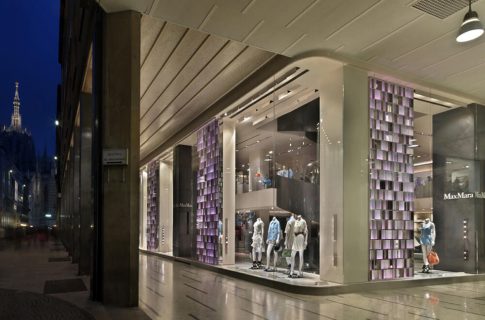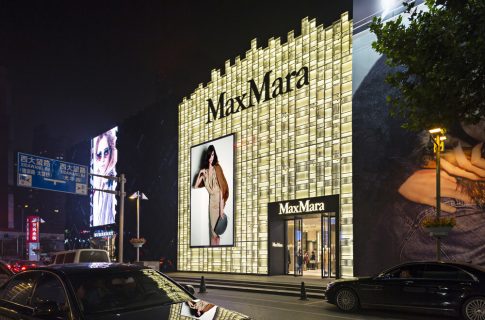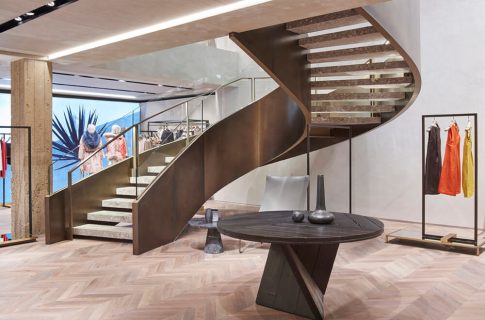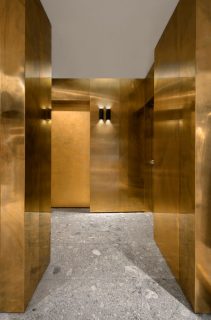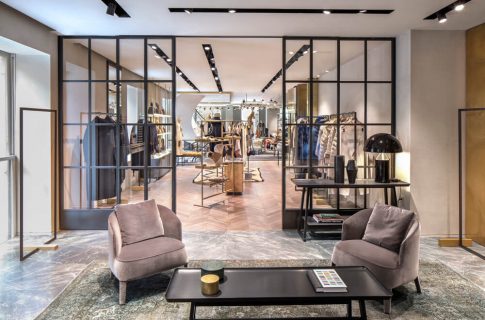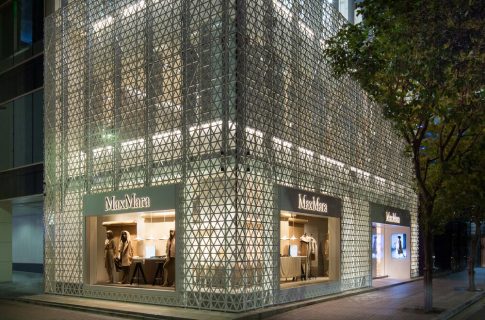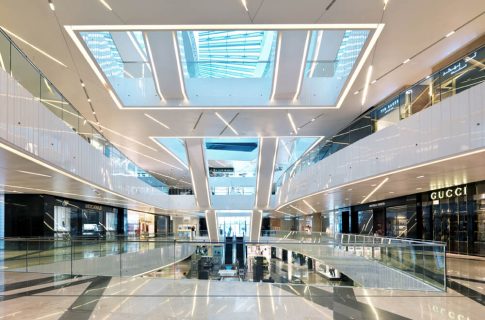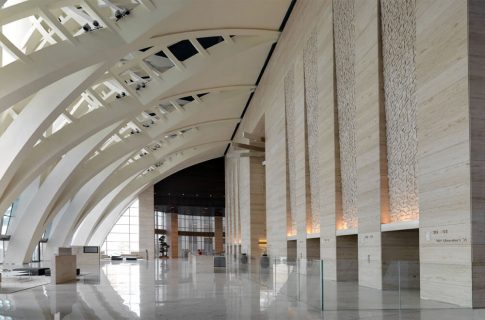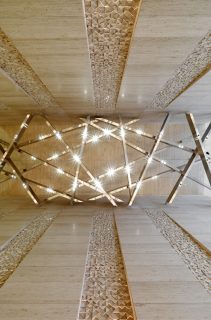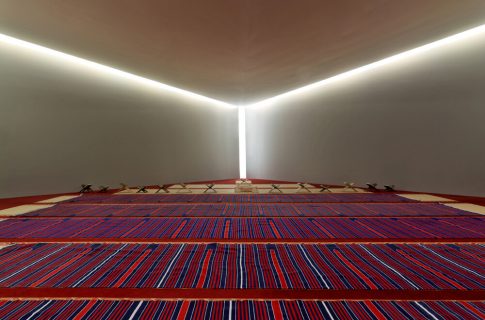Intervista a Duccio Grassi – retail design and creative genius
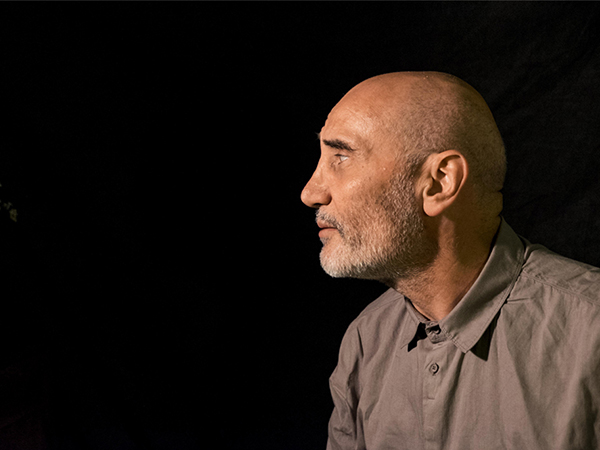 The architect Duccio Grassi is one of the great masters of retail design in Italy. Marsilio has just published a volume with a compendium of all his work, which will be presented with an exclusive conference at the Baxter Cinema showroom of the Salvioni Milano circuit. We took the opportunity to interview him, continuing our journey among the protagonists of contemporary design and architecture.
The architect Duccio Grassi is one of the great masters of retail design in Italy. Marsilio has just published a volume with a compendium of all his work, which will be presented with an exclusive conference at the Baxter Cinema showroom of the Salvioni Milano circuit. We took the opportunity to interview him, continuing our journey among the protagonists of contemporary design and architecture.
1 – You were one of the pioneers of retail design. What are the principles and challenges of this peculiar branch of architecture?
Retail design has communication and sales targets.
As is well known, it must interpret and represent the values of the brand and always be contemporary, that means, anticipate trends.
It must create an aspirational mood for the life style of the representatives: it must build an environment corresponding to the desired lifestyle of the consumers that the retail design wants to reach.
It must generate a welcoming environment suggesting a path and arousing the people’s curiosity in order to be followed almost involuntarily, functional to the sale and able to optimize the most practical aspects of it: cash, cabins, warehouse.
Above all, it must respect the budget.
In the most advanced markets, the decreasing attractiveness of brands and the increasing diffusion of the online sales is transforming the markets into experiential places where is possibile to experience the brand, without necessarily concluding a purchase, which it can then be eventually finalized later, online.
An important aspect of road retail design is its relationship with the city.
Both the clients and the designers involved in retail design are obliged to reflect on the fact that the facades of shops can qualify or disqualify the most important streets of urban centers.
2 – In this role you lived as a protagonist the rampant days of the affirmation of Italian fashion style in the world. What memory do you have of those years?
When I started working in retail design in 1983, maybe only Benetton and Stefanel had, in fashion, a distribution through franchise stores. In just a few years there has been an explosion of brands and retail concepts that gradually have changed the face of the commercial streets of the Italian cities. In the ’80s and ’90s I worked full-time for the Max Mara group with dozens of new openings a year. In 1990 the expansion began outside Europe, Japan and the USA, then the Middle East, Russia and, since 2000, China. We were often the ones opening a new path for Italian fashion brands, in cultural and environmental contexts far from the European context. This allowed me the exploration of places and cultures from the inside, with an extraordinary opportunity for new experiences and expansion of knowledge.
3 – Are fashion and design really completely separate universes, as they are often painted, or do important points of contact exist?
The world of fashion and the one of retail design are, of course, closely connected.
Both suffer from rapid obsolescence, hence an anxious daily search for the new and are subject to cycles. That also applies to industrial design, but with less frenetic pace.
The experience of the last twenty years shows how research in the field of retail design has led to relapses in the field of industrial design, with a more or less long time gap.
4 – What role can the great classics of design furniture have in a retail project? The use of specially designed furniture in full continuity with the style of the brand, is appreciated or preferred?
Design furniture plays a very important role in contemporary fashion retail.
Its presence eliminates or decreases both the completely coordinated cloying effect and the official nature of the setting, favoring the perception of a more domestic and friendly environment, even in the most luxurious ones.
5 – Is there, among all the major projects you have dealt with, one of which you are particularly proud of?
The building I designed for Max Mara in 2001 on West Broadway in New York was chosen, photographed and published, without my knowledge, on Architectural Record, one of the most prestigious architecture magazines in the world. My project had been chosen, together with the Hermés Tokyo by Renzo Piano and the Bohlin’s Apple Soho, Cywinski, Jackson, as significant in “stores that improve the urban environment”.
6 – Which great architect of the past would you consider as your main source of inspiration?
Ludwig Mies van den Rohe
7 – Have you ever had the opportunity to realize projects in residential interior design? Are there, in your opinion, great parallels between this discipline and retail design, or they are completely different fields? And what teachings can they give to one another?
As I have already said, a retail project can be considered successful if it communicates the brand values, increases sales and improves, or at least does not worsen, the environment in which it is inserted.
A project of residential interior has the goal the general well-being of those who will use it, followed by the functionality, comfort, compliance with the aesthetic and cultural codes, satisfaction of self-esteem. All projects need the client to actively carry out their role, but, in my experience, this is particularly true for residential interior projects. The designer must patiently and proactively induce the client to find and express his idea of living.
8 – Now Marsilio brings together in a volume all his most important achievements. Can you tell us something more about this publishing edition?
This volume brings together a large part of my most significant projects of the last 18 years.
I do not consider this book a regimen, but a moment of reflection, even critical, on the activity of the study.
